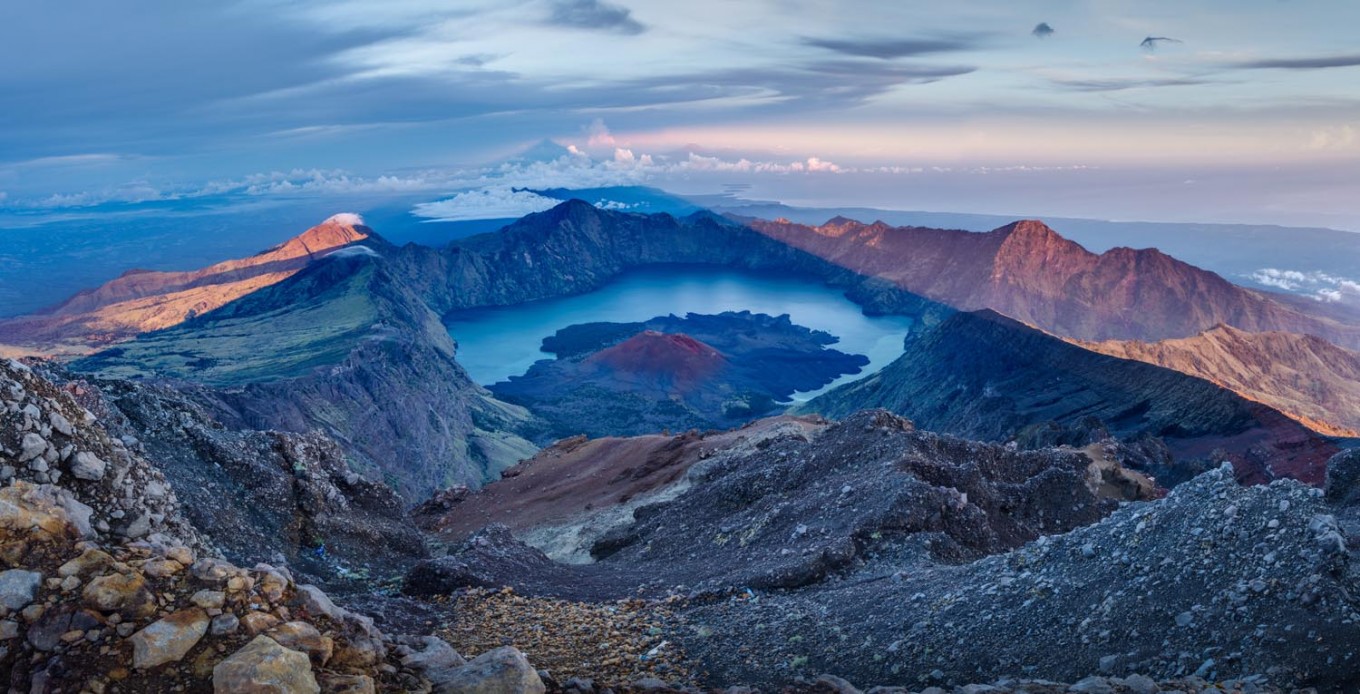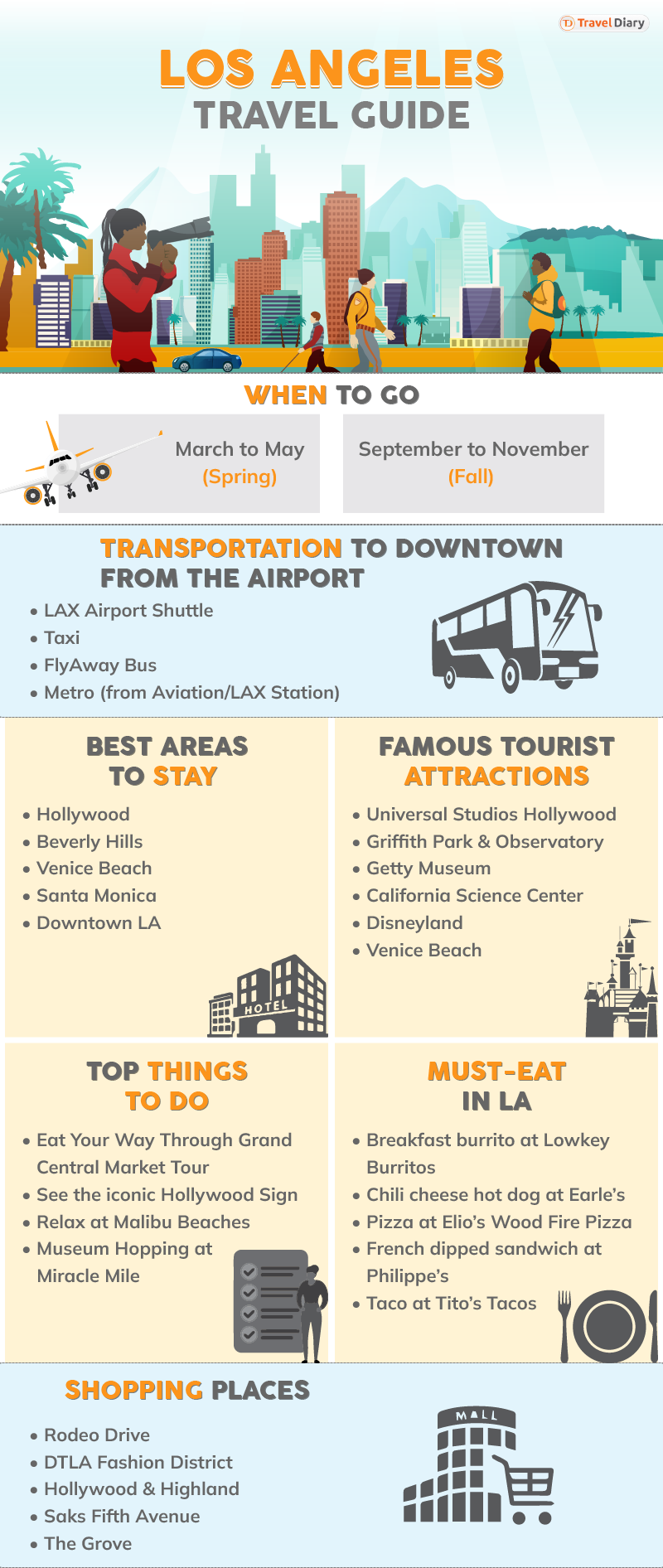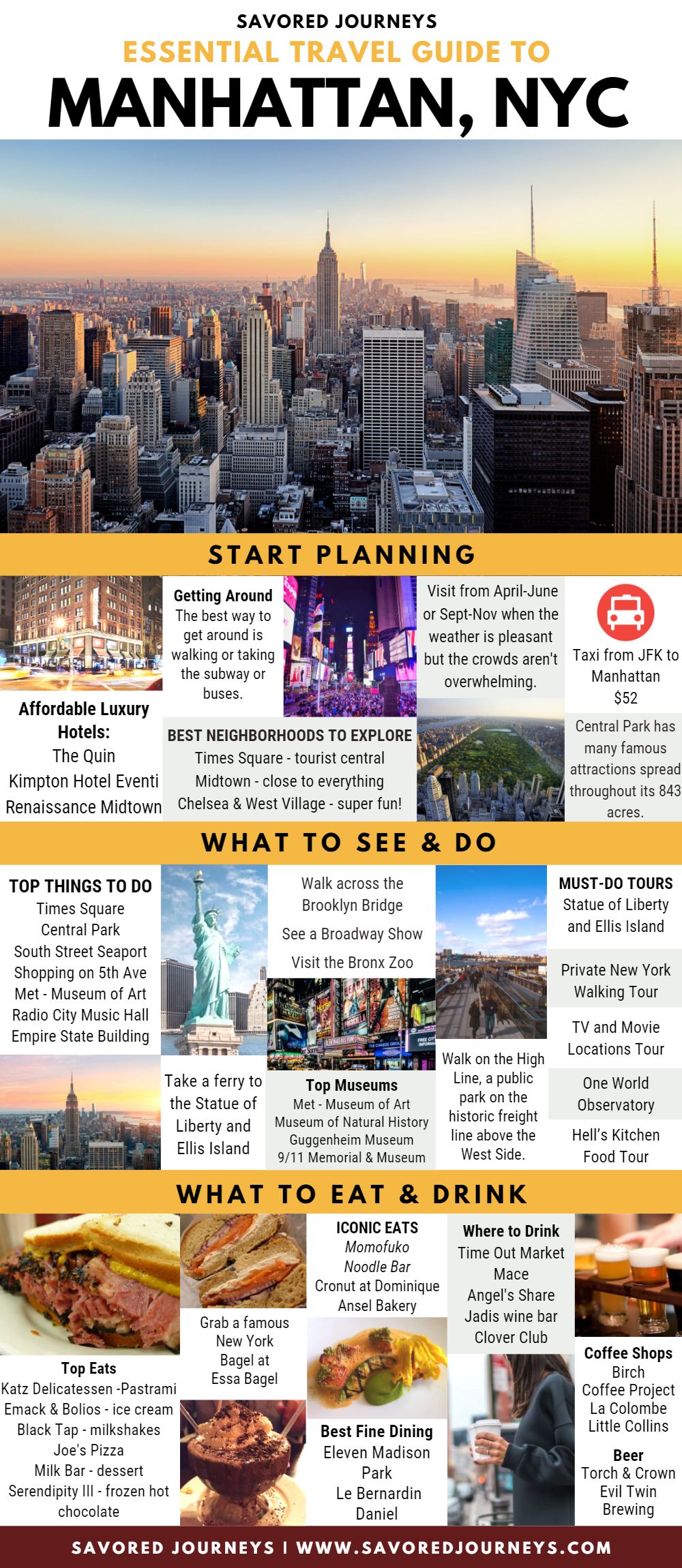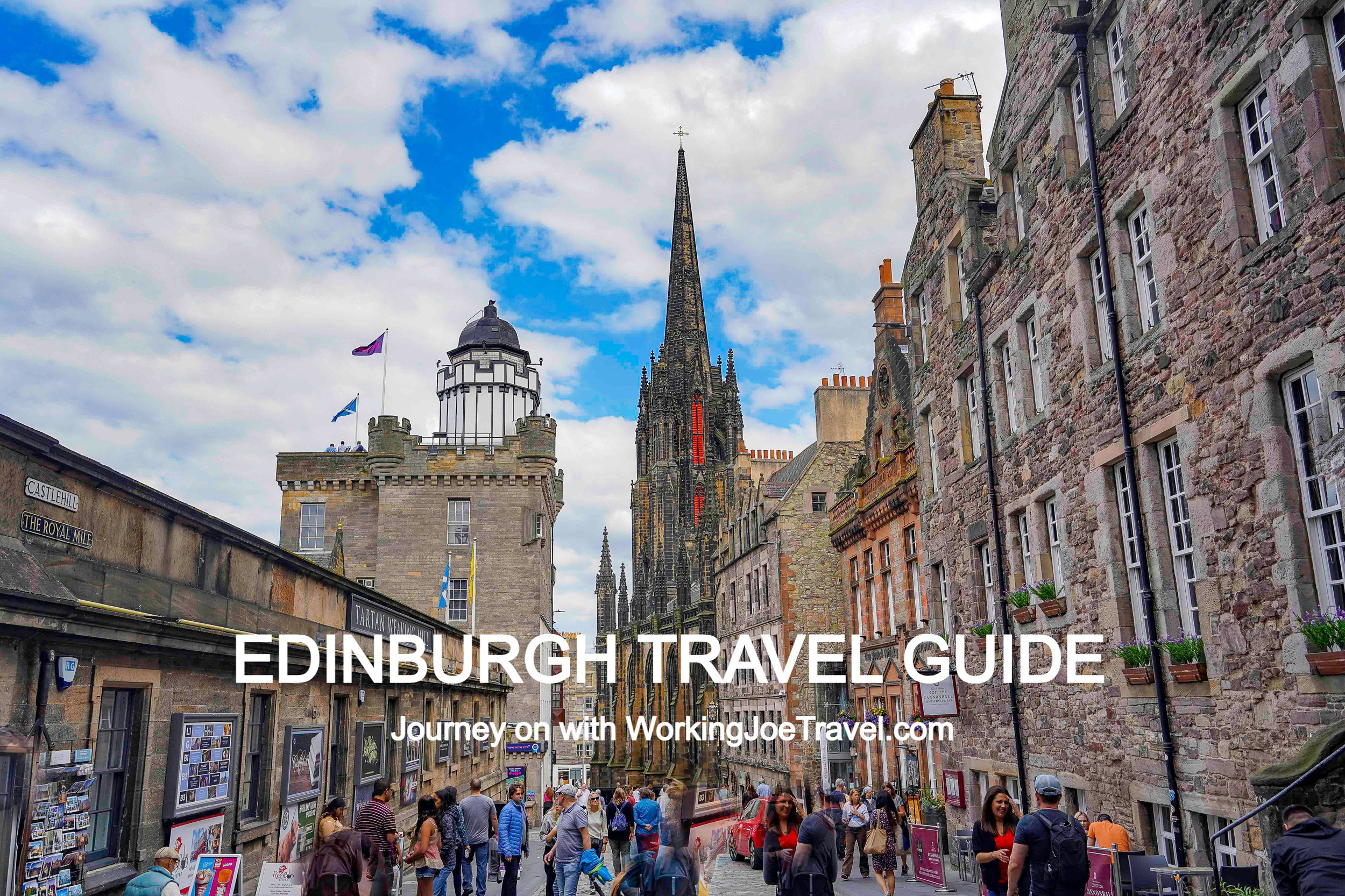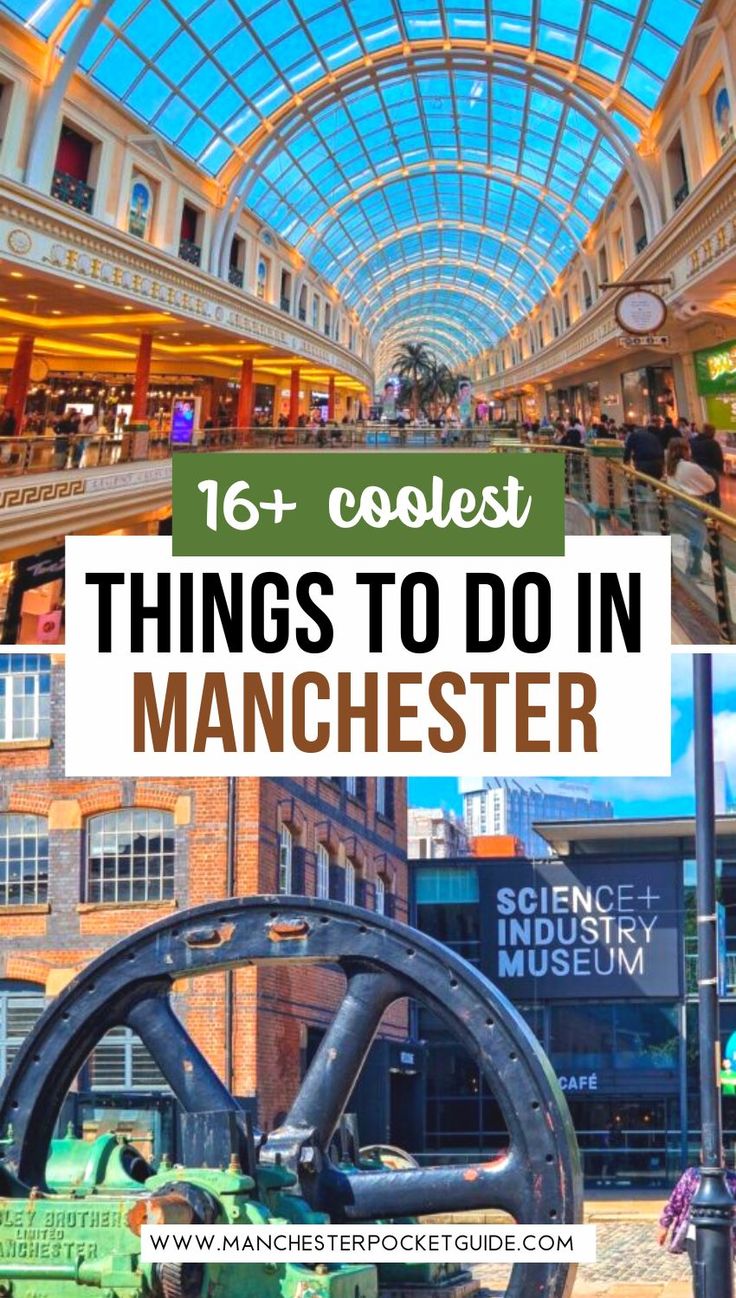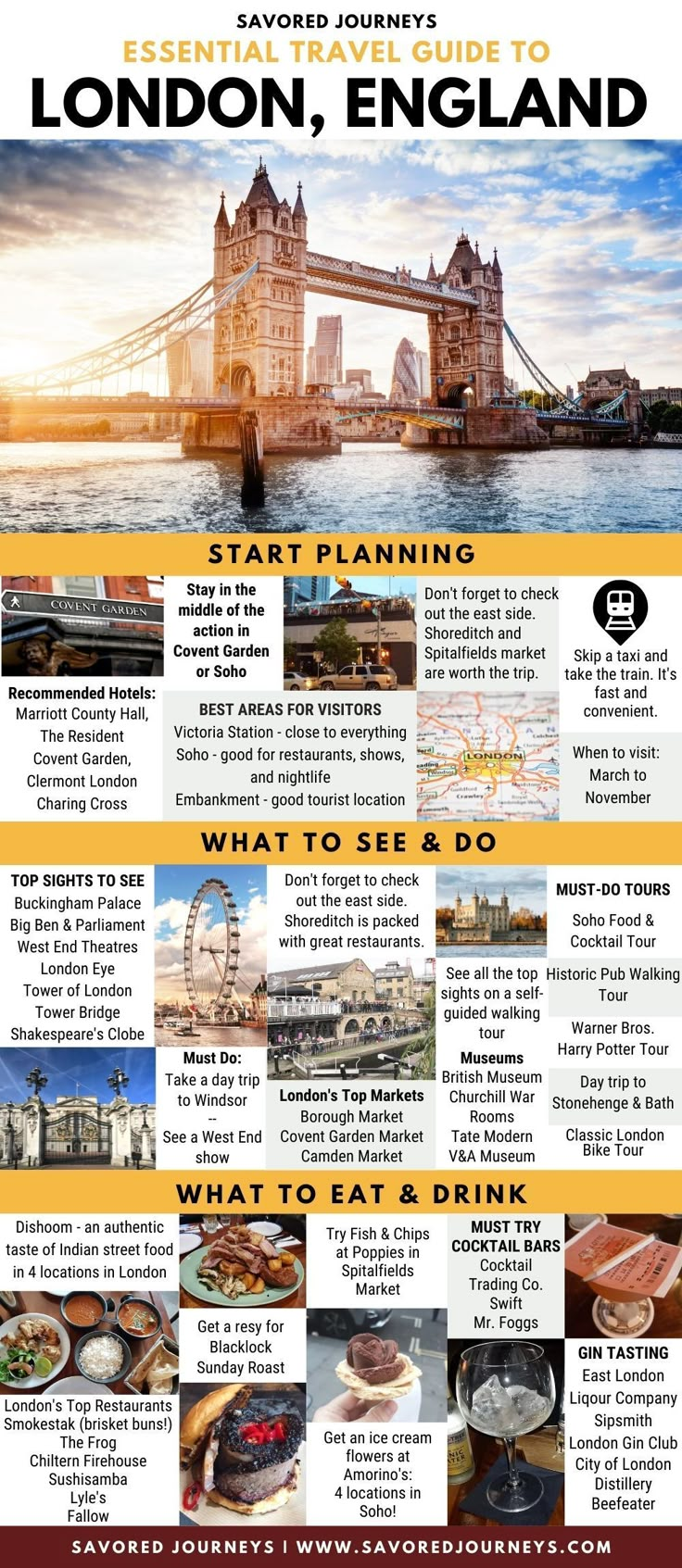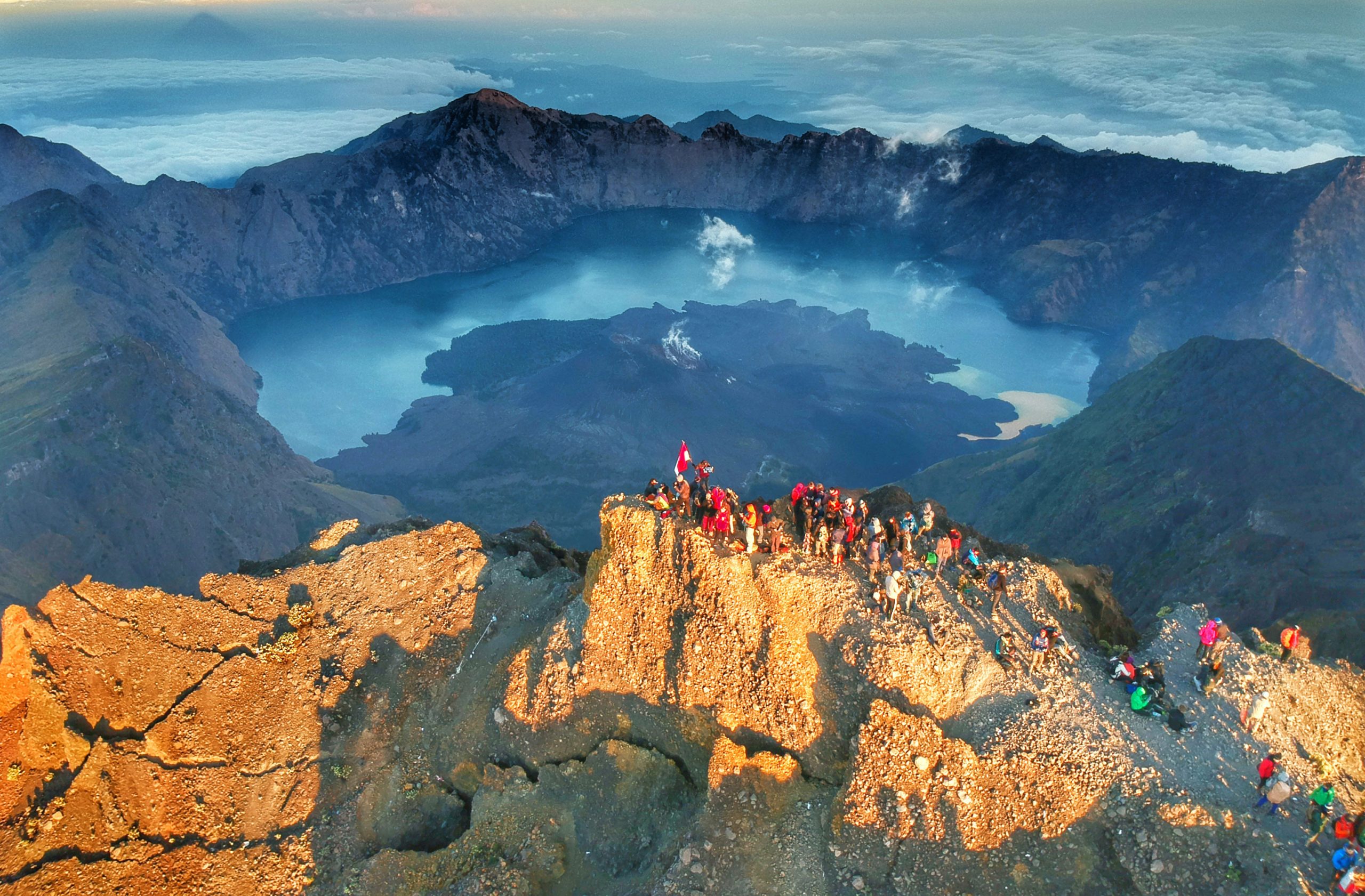
Mount Rinjani, a colossal stratovolcano gracing the northern flank of Lombok, Indonesia, is more than just a mountain; it’s a spiritual pilgrimage, a challenging trek, and a breathtaking natural wonder. Its majestic silhouette dominates the island’s skyline, drawing adventurers and nature enthusiasts from across the globe. This 3,726-meter (12,224 feet) peak, the second-highest volcano in Indonesia, offers an unforgettable experience, from the lush tropical foothills to the ethereal crater lake and the awe-inspiring summit.
This comprehensive guide delves into the multifaceted allure of Mount Rinjani, exploring its rich history, the captivating main attractions, essential travel tips for a successful ascent, the optimal times to visit, convenient accommodation options, delectable local cuisine, and practical transportation advice.
A Tapestry of History and Spirituality
Related Articles about Mount Rinjani: A Majestic Ascent into Lombok’s Heart:
- Unveiling the Charms of France: A Guide to the Best Tourist Attractions
- A Symphony of Sea and Stone: Your Ultimate Guide to Visiting Cinque Terre
- Beijing: A Tapestry of Time and Tradition
- Austria’s Enduring Charm: A Grand Tour of Its Best Tourist Attractions
- Lisbon: A City Steeped in History, Flavored by Sun, and Alive with Charm
Mount Rinjani’s history is deeply interwoven with the spiritual beliefs of the Sasak people, Lombok’s indigenous ethnic group. For centuries, Rinjani has been considered a sacred mountain, a dwelling place for deities and ancestral spirits. The Sasak people believe that the mountain’s peak is a portal to the divine, and many of their rituals and ceremonies are performed in its presence.
Ancient Origins: The volcano’s formation is a testament to immense geological forces, with its current structure shaped by a series of eruptions over millennia. The caldera itself, a vast depression formed after a massive eruption, is a stark reminder of its fiery past.
Spiritual Significance: Throughout history, Rinjani has been a site of pilgrimage for both Sasak communities and people from other parts of Indonesia. The crater lake, Segara Anak (Child of the Sea), is particularly revered. It is believed to possess healing properties, and offerings are often made at its shores. The hot springs near the lake are also considered sacred.
The Rinjani Trek: The popular trekking routes that wind up Rinjani’s slopes have been traversed by locals for generations. These paths, once used for hunting and gathering, have evolved into well-trodden trails for trekkers seeking to connect with the mountain’s spiritual and natural essence.
Main Attractions: A Symphony of Natural Wonders
Mount Rinjani’s allure lies in its diverse and spectacular attractions, catering to various interests and levels of adventure.
1. The Summit (Puncak Rinjani): The ultimate prize for most trekkers, the summit offers a panoramic, jaw-dropping vista. Reaching the top, typically on the third day of a trek, requires a challenging but rewarding final ascent in the pre-dawn hours. As the sun rises, it paints the sky with vibrant hues, illuminating the surrounding islands of Lombok, Sumbawa, and even Bali in the distance. The feeling of accomplishment, coupled with the breathtaking scenery, is an experience that stays with you forever.
2. Segara Anak (Child of the Sea) Crater Lake: Nestled within the vast caldera, Segara Anak is a mesmerizing turquoise lake that captivates with its beauty and serenity. The name "Child of the Sea" reflects its depth and the vastness it appears to hold. The lake is a popular spot for trekkers to camp, rest, and soak in the tranquil atmosphere. The shimmering surface, reflecting the surrounding volcanic walls, creates a surreal and peaceful environment.
3. Gunung Baru Jari: A smaller, active volcano that has emerged within the Segara Anak crater. This "baby volcano" adds another layer of geological intrigue to the landscape. While not as imposing as Rinjani itself, it’s a constant reminder of the earth’s dynamic nature.
4. Hot Springs (Aik Kalak): Located near the shores of Segara Anak, these natural hot springs are a welcome respite for weary trekkers. The mineral-rich waters are believed to have therapeutic qualities, and a soak in these steaming pools after a day of hiking is incredibly rejuvenating. The contrast between the warm water and the cool mountain air is pure bliss.
5. Waterfalls: The lower slopes of Rinjani are adorned with numerous stunning waterfalls, each with its unique charm. Sendang Gile and Tiu Kelep are the most accessible and popular, cascading down lush green cliffs. Sendang Gile, meaning "crazy river," is known for its powerful flow, while Tiu Kelep, meaning "flying eel," is said to be so strong that eels can be found swimming against its current. These waterfalls offer refreshing opportunities for a dip and a chance to marvel at the raw beauty of nature.
6. The Caldera Rim: The edge of the vast caldera, from which the summit rises, offers incredible views of Segara Anak and the surrounding volcanic landscape. Trekking along the rim provides a different perspective of the mountain’s immense scale.
7. Tropical Rainforests and Diverse Flora and Fauna: The lower and mid-altitudes of Rinjani are cloaked in dense tropical rainforests, teeming with diverse plant and animal life. While large mammals are rare, you might spot various bird species, monkeys, and unique plant species adapted to the volcanic soil. The changing vegetation as you ascend is a fascinating spectacle in itself.
Essential Travel Tips for a Successful Ascent
Trekking Mount Rinjani is a challenging but incredibly rewarding endeavor. Proper preparation is key to ensuring a safe and enjoyable experience.
1. Choose Your Trekking Route Wisely: The most common starting points are Senaru Village (northern Lombok) and Sembalun Village (eastern Lombok).
- Senaru Route: Generally considered easier, with more vegetation and waterfalls along the way. It typically involves a 2-day/1-night or 3-day/2-night trek.
- Sembalun Route: More exposed and drier, offering spectacular panoramic views from the start. It’s often chosen for its challenging ascent to the summit and typically involves a 3-day/2-night or 4-day/3-night trek.
2. Hire a Licensed Guide and Porter: This is not negotiable. Guides are essential for navigating the trails, understanding the local culture, and ensuring safety. Porters will carry your camping gear, food, and water, allowing you to focus on the trek. They are invaluable companions and contribute significantly to the local economy.
3. Pack Appropriately:
- Clothing: Layers are crucial. Bring thermal base layers, fleece jackets, waterproof and windproof outer layers, hiking pants, and comfortable hiking boots. Don’t forget a warm hat and gloves for the summit.
- Footwear: Sturdy, broken-in hiking boots are a must. Bring a pair of comfortable sandals or flip-flops for camp.
- Backpack: A comfortable and appropriately sized backpack (50-70 liters) for carrying your personal items.
- Sleeping Gear: Most tours include tents and sleeping mats, but inquire beforehand. A good quality sleeping bag is highly recommended.
- Sun Protection: High SPF sunscreen, sunglasses, and a wide-brimmed hat are essential.
- Insect Repellent: Especially for the lower-altitude rainforest sections.
- First-Aid Kit: Include personal medications, bandages, antiseptic wipes, pain relievers, and blister treatment.
- Headlamp or Flashlight: Crucial for pre-dawn summit ascents and navigating in the dark.
- Water Bottle or Hydration Pack: You’ll need to carry plenty of water.
- Snacks: High-energy snacks like nuts, dried fruits, and energy bars.
4. Physical Preparation: Rinjani is not for the faint of heart. Train beforehand with regular hiking, cardio exercises, and strength training, especially for your legs. The steep ascents and descents require good stamina and endurance.
5. Stay Hydrated: Drink plenty of water throughout the trek. Dehydration can lead to altitude sickness and fatigue.
6. Respect the Mountain and Local Culture: Rinjani is a sacred site. Be mindful of your actions, avoid littering, and dress modestly when interacting with locals. Learn a few basic Indonesian or Sasak phrases; it goes a long way.
7. Altitude Sickness: Be aware of the symptoms of altitude sickness (headache, nausea, dizziness, fatigue). If symptoms worsen, descend immediately. Acclimatization is key, and taking it slow is advisable.
8. Leave No Trace: Pack out everything you pack in. Minimize your impact on the environment.
Best Time to Visit: Embracing Lombok’s Seasons
The best time to visit Mount Rinjani is during the dry season, which typically runs from April to September. This period offers the most favorable weather conditions for trekking, with less rain, clearer skies, and more stable temperatures.
- April to June: The beginning of the dry season, with pleasant temperatures and fewer crowds. The landscape is still lush and green from the rainy season.
- July to August: The peak of the dry season. This is the most popular time to visit, so expect more trekkers. The weather is generally excellent, with very little rain.
- September: The tail end of the dry season. Still good weather, and crowds start to thin out.
The wet season runs from October to March. While trekking is still possible, it comes with increased challenges:
- Rainfall: Expect frequent and heavy rainfall, making trails muddy and slippery.
- Visibility: Cloud cover can obscure views, especially at higher altitudes.
- Trail Closures: In severe weather conditions, trails might be temporarily closed for safety reasons.
- Humidity: The air can be more humid.
Important Note: The Rinjani National Park authority usually closes the mountain for trekking for a period each year, typically from January to March, for conservation purposes and to allow the ecosystem to recover. Always check the official park website or with local tour operators for the most up-to-date information on opening and closing dates.
Nearby Hotels: Comfort and Convenience Before and After Your Trek
While the summit experience is about embracing the wilderness, having comfortable accommodation before and after your trek is essential for rest and rejuvenation. The main gateway towns to Rinjani offer a range of options.
In Senaru Village:
- Budget-Friendly Guesthouses: Numerous guesthouses offer basic but clean rooms, often with stunning views of Rinjani. Examples include Rinjani Lighthouse, Rinjani Forest View, and several family-run homestays.
- Mid-Range Hotels: A few hotels provide more amenities, such as swimming pools and on-site restaurants. Consider options like Rinjani Park Resort or Lombok Garden Cottages.
In Sembalun Village:
- Homestays and Guesthouses: Similar to Senaru, Sembalun has many homestays offering a more local experience.
- Eco-Lodges and Resorts: For a more comfortable stay, you’ll find a growing number of eco-lodges and small resorts nestled amidst the rice paddies and rolling hills. Examples include Sembalun Agro-Tourism Village and various glamping sites.
In Mataram and Senggigi (further afield but accessible):
- If you prefer to stay in more developed tourist areas before or after your trek, Mataram (the capital) and Senggigi (a coastal resort town) offer a wide array of hotels, from luxury resorts to boutique hotels and budget hostels. You can easily arrange transportation to the Rinjani trekking start points from these locations.
Local Food: A Taste of Lombok’s Culinary Delights
Lombok’s cuisine is a delightful blend of spicy, savory, and aromatic flavors, with a strong emphasis on fresh ingredients. Before embarking on your trek, or as a well-deserved reward afterwards, indulge in these local specialties.
- Ayam Taliwang: A signature dish of Lombok, this grilled chicken is marinated in a fiery blend of chili, garlic, and spices, often served with a rich sambal (chili paste).
- Ikan Bakar (Grilled Fish): Freshly caught fish, grilled to perfection over charcoal, seasoned with local spices. A must-try along the coast or in local warungs (eateries).
- Sate Lilit: Minced meat (usually fish or chicken) mixed with grated coconut, spices, and kaffir lime leaves, then wrapped around a lemongrass stalk before grilling.
- Pelecing Kangkung: A popular vegetable dish featuring water spinach (kangkung) blanched and then topped with a spicy sambal.
- Nasi Goreng (Fried Rice) and Mie Goreng (Fried Noodles): While common throughout Indonesia, Lombok’s versions often have a unique local twist with fresh ingredients and regional spices.
- Sambal: Lombok is renowned for its variety of sambals. Be prepared for a spicy kick! Sambal Taliwang and Sambal Ulek are just a couple of the many flavorful options.
- Fresh Tropical Fruits: Indulge in the abundance of fresh fruits like mangoes, papayas, rambutans, and the unique snake fruit (salak).
When dining in Rinjani’s gateway villages, you’ll find many local warungs and restaurants serving these dishes. Your trekking guide will likely arrange meals during your trek, which are usually hearty and nutritious, designed to fuel your adventure.
Transportation Options: Navigating Your Way to Rinjani
Getting to Mount Rinjani and around Lombok is relatively straightforward, with several transportation options available.
1. To Lombok:
- By Air: Lombok International Airport (LOP) is the main gateway, with flights from Jakarta, Bali, and other major Indonesian cities.
- By Ferry: Regular ferry services operate from Bali (Padang Bai) to Lembar (southwest Lombok) and from Surabaya (East Java) to Labuhan Lombok (northwest Lombok). This is a more budget-friendly but time-consuming option.
2. To Rinjani Trekking Points (Senaru & Sembalun):
- Private Car/Taxi: The most convenient option, especially if you’re coming from Senggigi or Mataram. You can hire a private car for the entire journey, which takes around 2-3 hours.
- Shuttle Bus/Public Transport: A more economical option involves taking a public bus or shuttle from Mataram or Bangsal (near the Gili Islands) towards the northern or eastern parts of the island, and then a local bemo (minibus) or ojek (motorcycle taxi) to your specific starting village. This can be a longer and more complicated journey.
- Scooter Rental: If you’re comfortable riding a scooter and have some experience, renting one can offer flexibility, especially for shorter distances or exploring the surrounding areas. However, the roads leading to the trekking points can be winding and steep.
3. Within Lombok:
- Scooter Rental: Widely available in tourist areas and a popular way to explore the island at your own pace.
- Private Car Hire: Ideal for longer distances or if you prefer to relax and enjoy the scenery without the hassle of driving.
- Local Bemo/Minibus: Connects various towns and villages, offering a very local and budget-friendly experience. Routes and schedules can be less predictable.
- Ojek (Motorcycle Taxi): Good for short distances or navigating through traffic.
Organized Tours: For a hassle-free experience, consider booking an all-inclusive trekking tour. These tours typically include transportation to and from the trekking points, guides, porters, meals, and camping equipment. This is often the most recommended option for first-time Rinjani trekkers.
Mount Rinjani is a destination that promises an extraordinary adventure, a deep connection with nature, and a glimpse into the spiritual heart of Lombok. Whether you’re drawn by the challenge of the summit, the serenity of Segara Anak, or the sheer majesty of its volcanic presence, Rinjani will undoubtedly leave an indelible mark on your soul. Plan your journey wisely, embrace the experience, and prepare to be captivated by this magnificent natural wonder.
